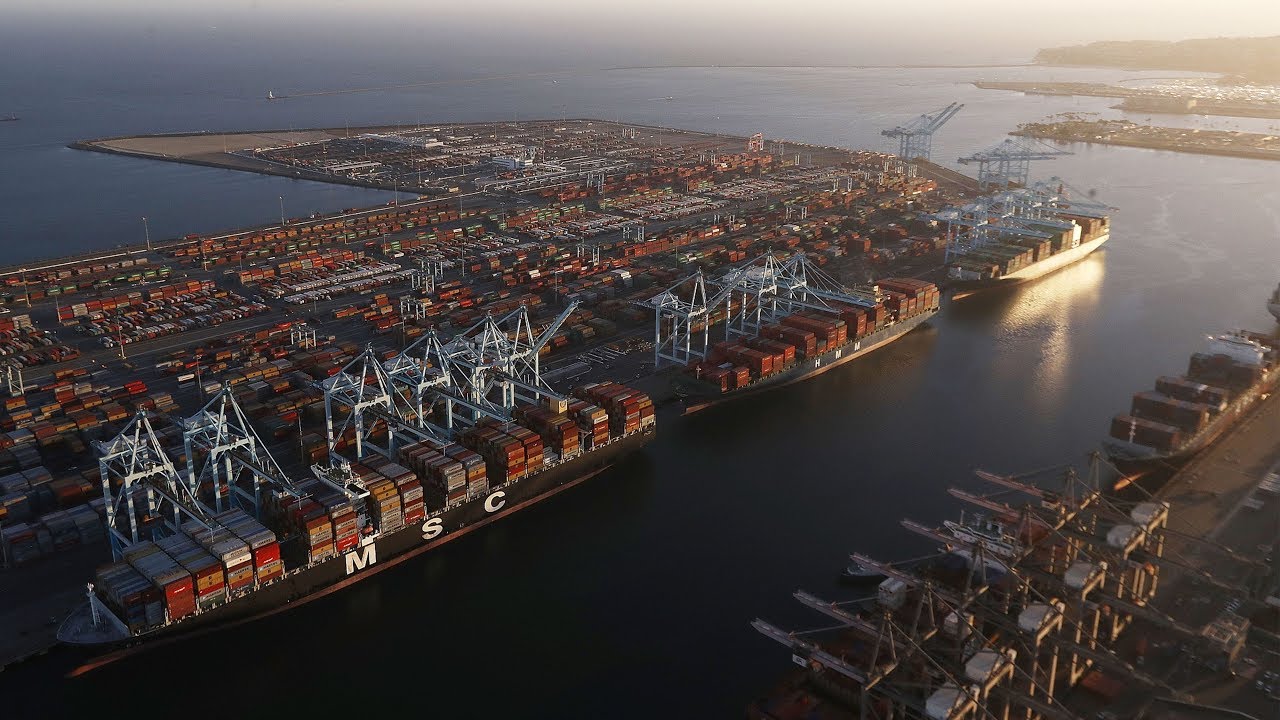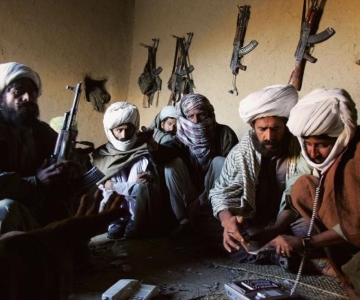On the positive side, the CPEC will certainly lead to a shift in Pakistan’s reliance on Islamist proxies in the region
There is no question that the China Pakistan Economic Corridor (CPEC) is a transformational endeavour but the larger questions of transparency and Pakistan’s commitments remain unclear.
Beijing and Islamabad are in the process of finalising a Long-term Plan (LTP), spread over a decade to define direction and goals of cooperation under the CPEC framework. Earlier in May, DAWN had made public a few details of the LTP document. Ahsan Iqbal, Minister in charge of CPEC had promised to make public the final LTP document. Now that time has come. Minister Iqbal has announced that LTP will be approved in the JCC meeting scheduled later this month. It is, thus, crucial that the government follows through on its commitment and releases the LTP document for public debate.
Debates of CPEC have highlighted three issues. First, the transparency of the initiative and lack of details about infrastructure and energy projects. These remain shrouded in mystery, which is not a surprise because both the Pakistani state and Chinese government have secretive decision-making processes. For Pakistan’s short-termist politicians this is a good deal, given the increased economic activity and cash inflows to the economy. For the generals, this is a clear-cut case of strategic gain vis-a-vis India; and the United States. By enhancing Chinese stakes in Pakistan and aligning with the Chinese security goals, the Pakistani military could not have asked for more. Something that they had been wanting for decades through American support which was at best partial in terms of creating an anti-India security infrastructure.
Thus far, Beijing and Islamabad have only released limited details on the agreements and financial components of the energy and infrastructure projects under the CPEC umbrella. The terms and conditions of these, by and large, remain opaque. Even our Parliament — representing 207 million people — has not been taken into confidence about the details of Chinese financed projects and crucial CPEC related pacts. This situation inhibits an informed analysis of the Corridor and what Pakistan would get out of this deal.
An open debate about the pros and cons of CPEC investments, loan arrangements and the special incentives being offered to Chinese investors are critical to safeguard the economic interests of Pakistan and its future generations
The second issue is that of indebtedness. Chinese banks are financing many sub-projects under CPEC ; employing Chinese firms and technology, which is not a bad thing. But the burden of loan repayments will be borne by the Pakistani citizenry. There has been considerable debate in the country about the mounting debt. However, ongoing political instability and controls over media have not enabled a wider public debate on this issue. Other than a handful of English press reporters and columnists, the mainstream Urdu broadcast media presents CPEC through the security lens — as a bulwark against Indian and American designs on Pakistan. China and CPEC have acquired holy cow status and there is little room for analytical and sanguine debates on this point.
The third issue relates to the prioritisation of investments. As Pakistan borrows more and more, its budget constraints in the medium-term will squeeze developmental goals especially in social sectors (health, education, population planning) and water management at the local level. Half of the country’s kids of school going age are out of school and with abysmal healthcare systems the question remains as to how we will build human capital vital for long-term development goals. Unless we comprehensively addres social sector needs, as part of the development agenda, CPEC-driven economic growth cannot be sustainable.
On the positive side, CPEC will certainly lead to a shift in Pakistan’s reliance on Islamist proxies in the region. The Chinese are not too keen on Pakistan’s support for jihad infrastructure and they have the required leverage over military thinkers to change the decades’ old strategy that Pakistan has employed to improve ‘security.’ Chinese influence in this area must be welcomed for it is likely to herald a transformation of sorts. Chinese concerns were clearly expressed in the declaration after the BRICS Summit in September. It included references to Pakistan-based India- and Afghanistan-focused militant groups as a regional security threat. Pakistan’s security managers need to pay heed to signals emanating from Beijing. The Chinese want to safeguard their investments, personnel and want a long-term arrangement instead of what we are used to, that is, short-term and transactional arrangements.
Related to the above will be Pakistan’s gradual shift towards turning into a trade hub. Something that the military had forsaken in view of its rivalry with India, and limited relations with Iran, not to mention turbulent engagement with Afghanistan. Once CPEC moves on, which it will, Pakistan, as part of the Chinese economic architecture, will move towards trade with regional neighbours. Finally, the infusion of new technologies in energy, water, and agricultural sectors will benefit Pakistan’s huge needs given the population explosion, which has been confirmed by the 2017 census results.
Whether economic dependence and indebtedness will be offset by these gains remains to be seen and depends on how Pakistan’s policy makers steer this partnership over the next decade.
The key issue is that CPEC should not be made into another holy cow like our nuclear programme. An open debate about the pros and cons of CPEC investments, loan arrangements and the special incentives being offered to Chinese investors are critical to safeguard the economic interests of Pakistan and its future generations.
Published in Daily Times, November 5, 2017: Don’t turn CPEC into another holy cow. Transparency is a must



